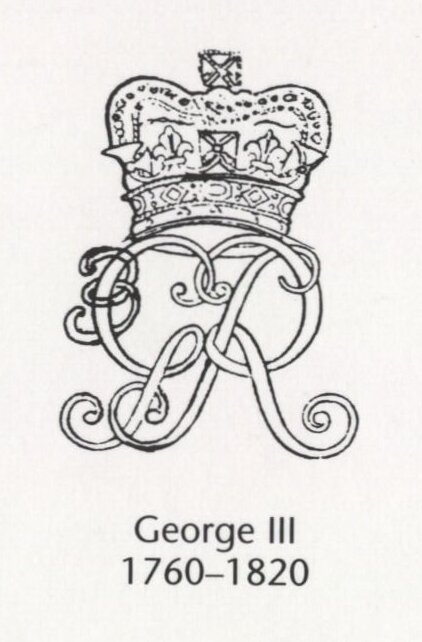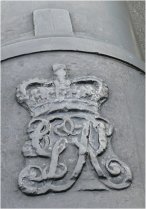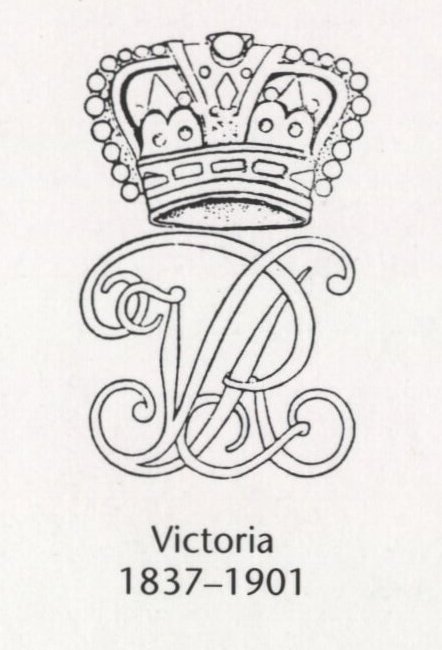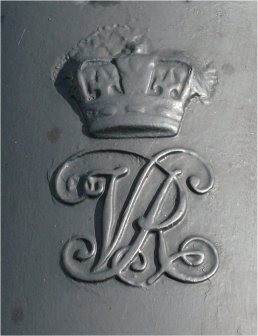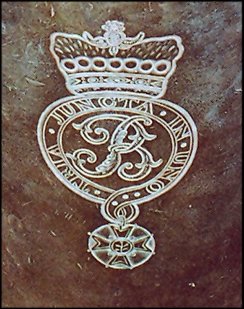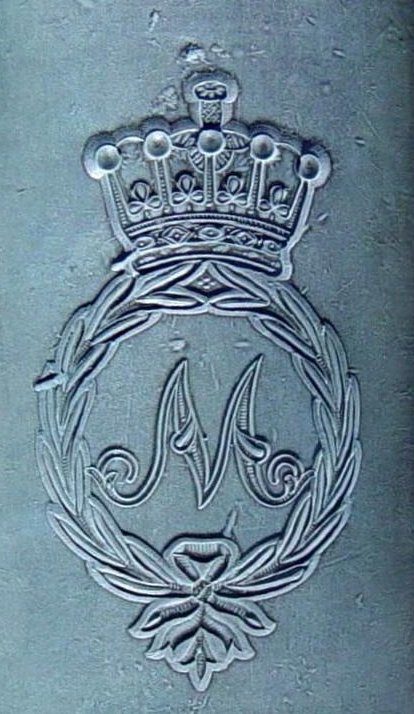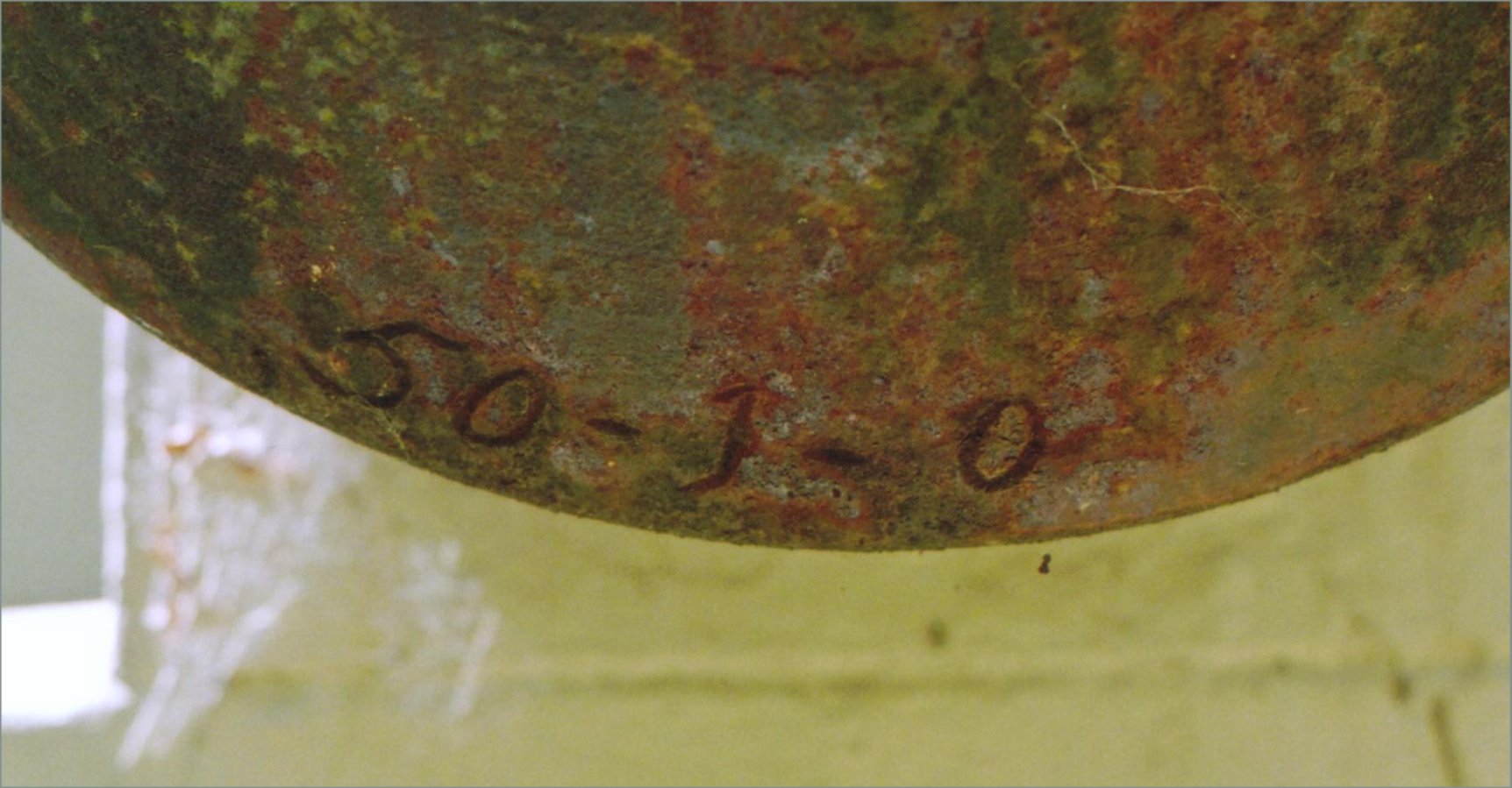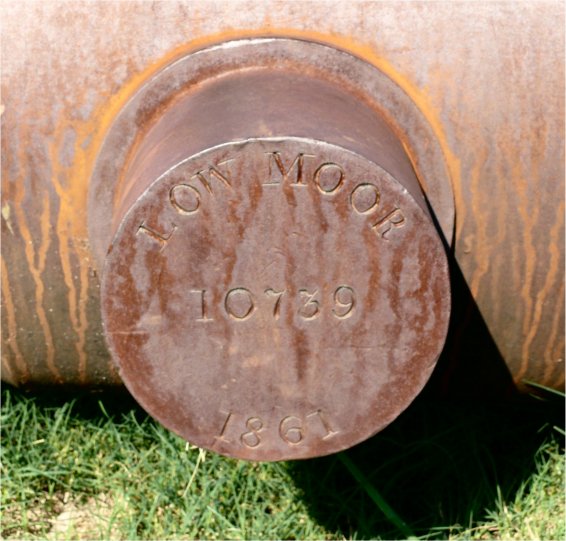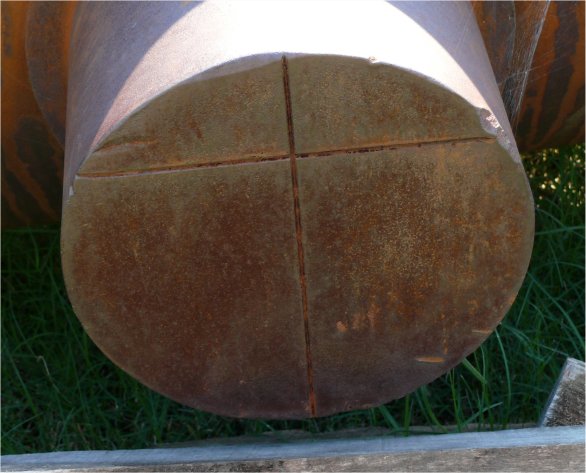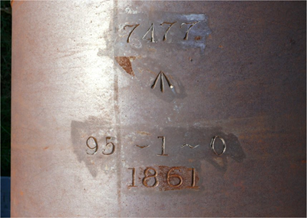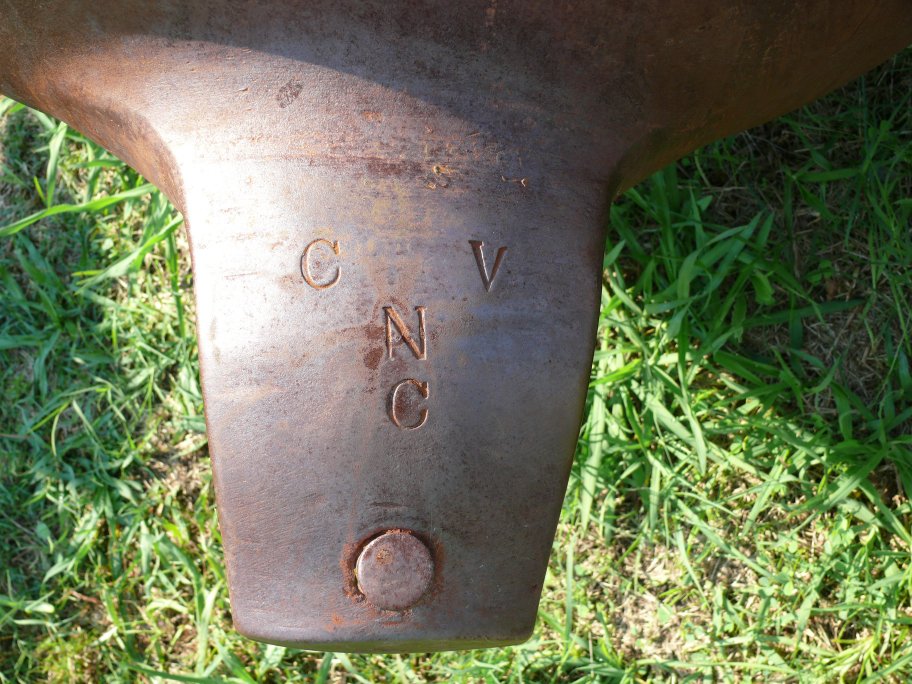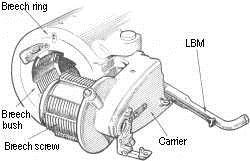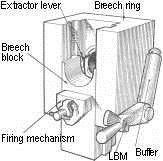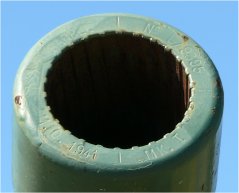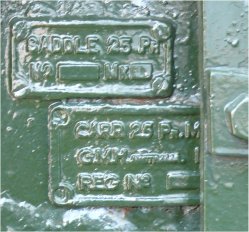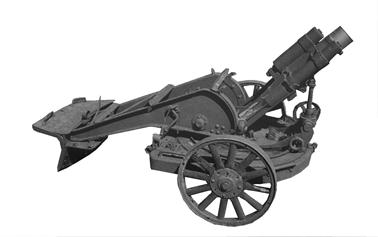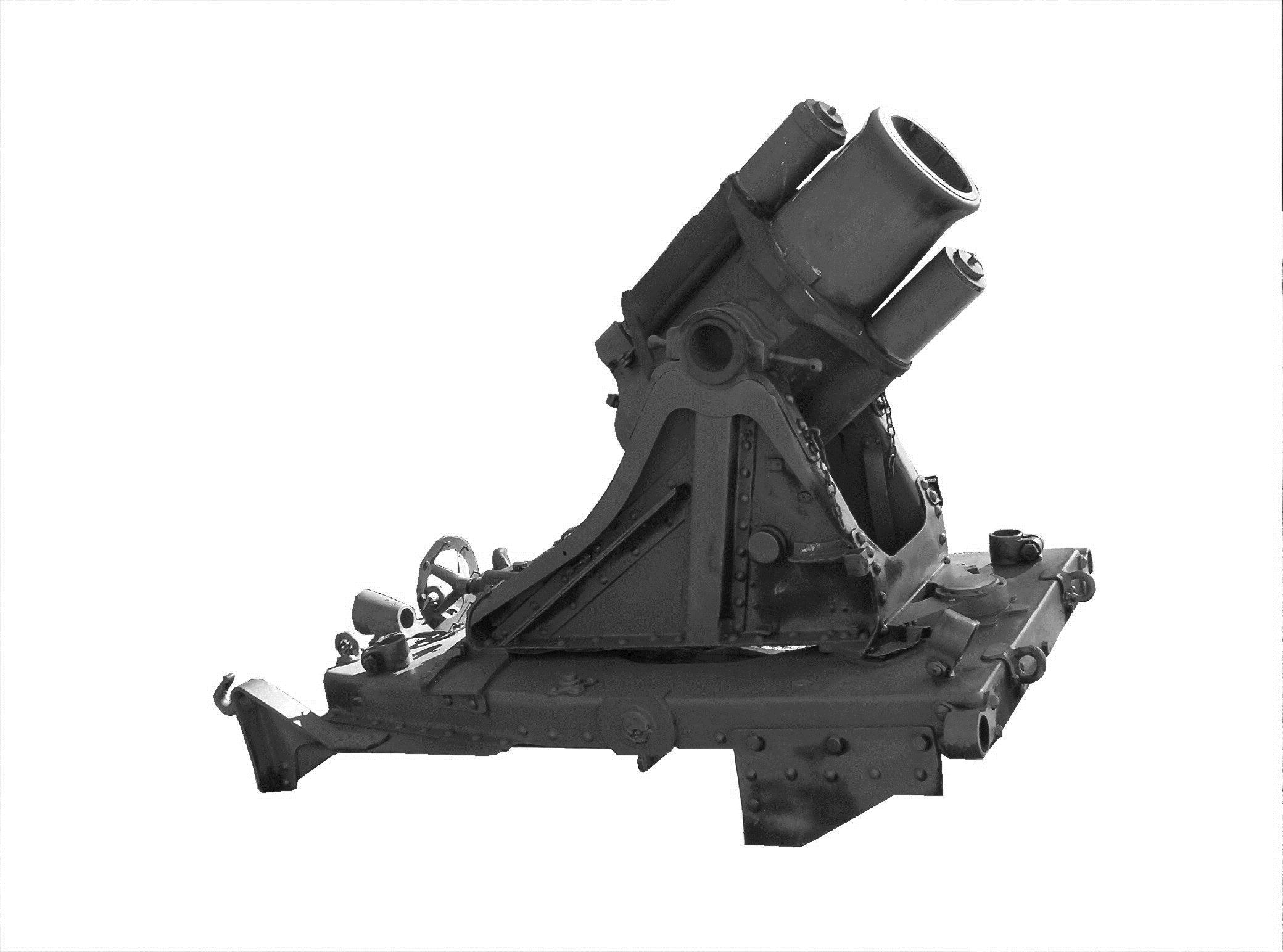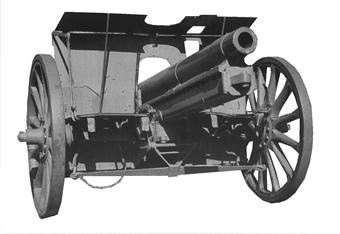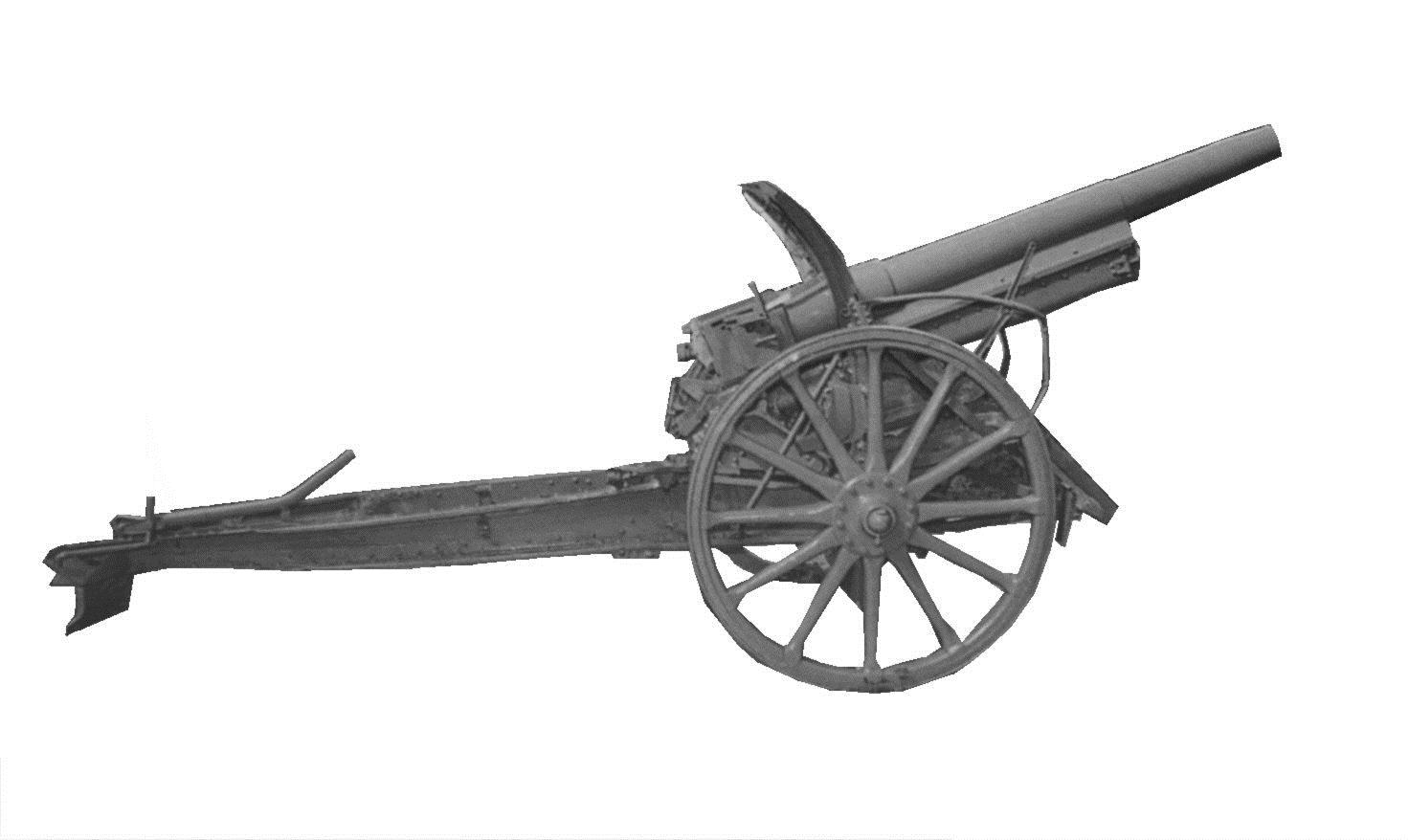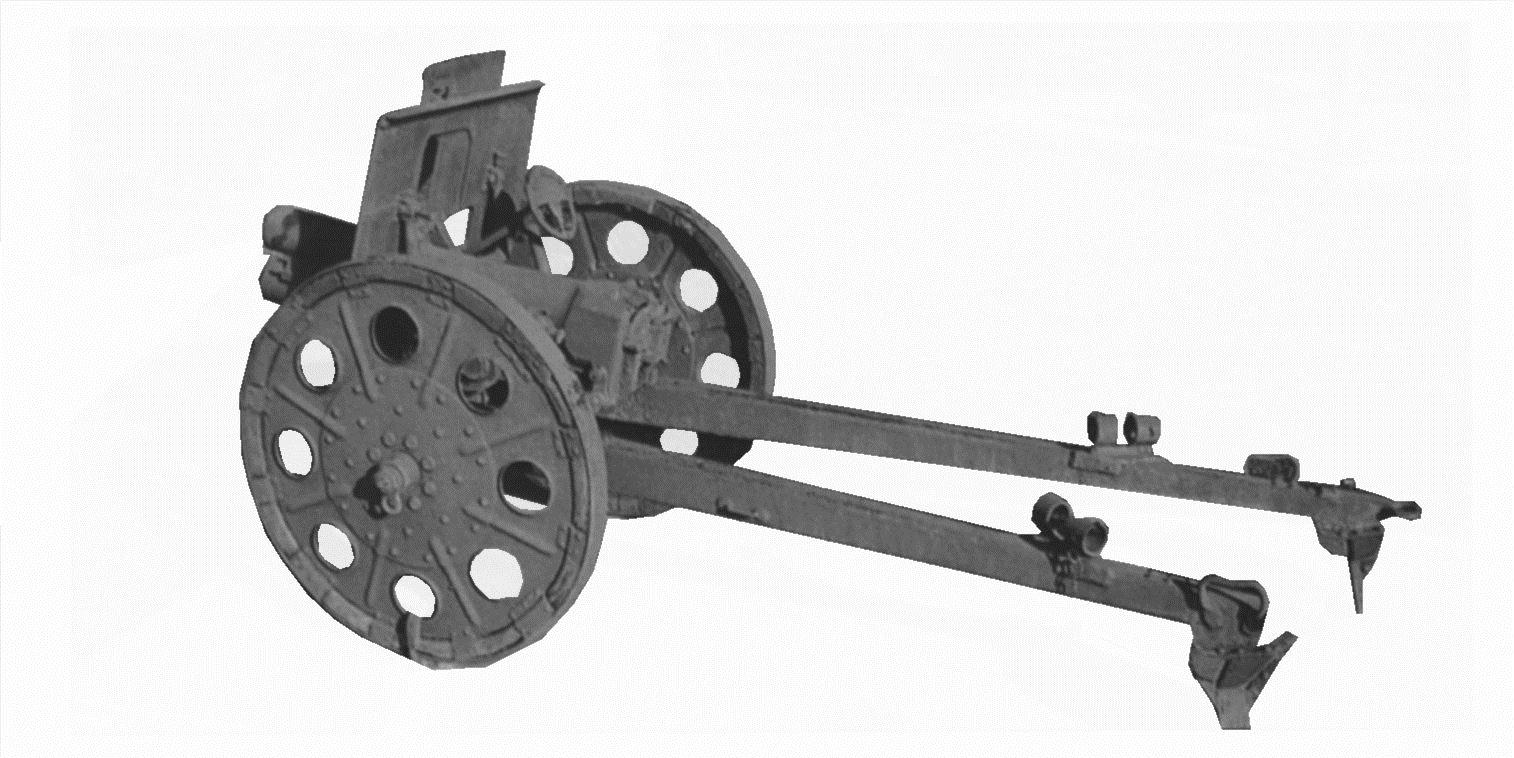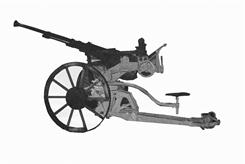
| Have a Question? Provide Feedback? | Submit | Search Our Site: |
|
|
ARTILLERY REGISTER |
||||||||
| Identifying Guns | ||||||||
What Gun is that? The design of artillery pieces changed very little in their first 500 years and from 1700 there is little difference in their appearance until the 1850s when significant changes began to appear. But it was not until the 1890s that major differences began to appear and the guns of today bear similar appearance. Guns dating from several periods may be found in Australia. The following information is provided to assist with a better understanding of the type of gun and what the markings on them mean. It is not intended to provide the means necessary to identify every type of gun for there are too many to consider. However, if uncertain it will provide the information necessary to allow identification possible by contacting us. |
||||||||
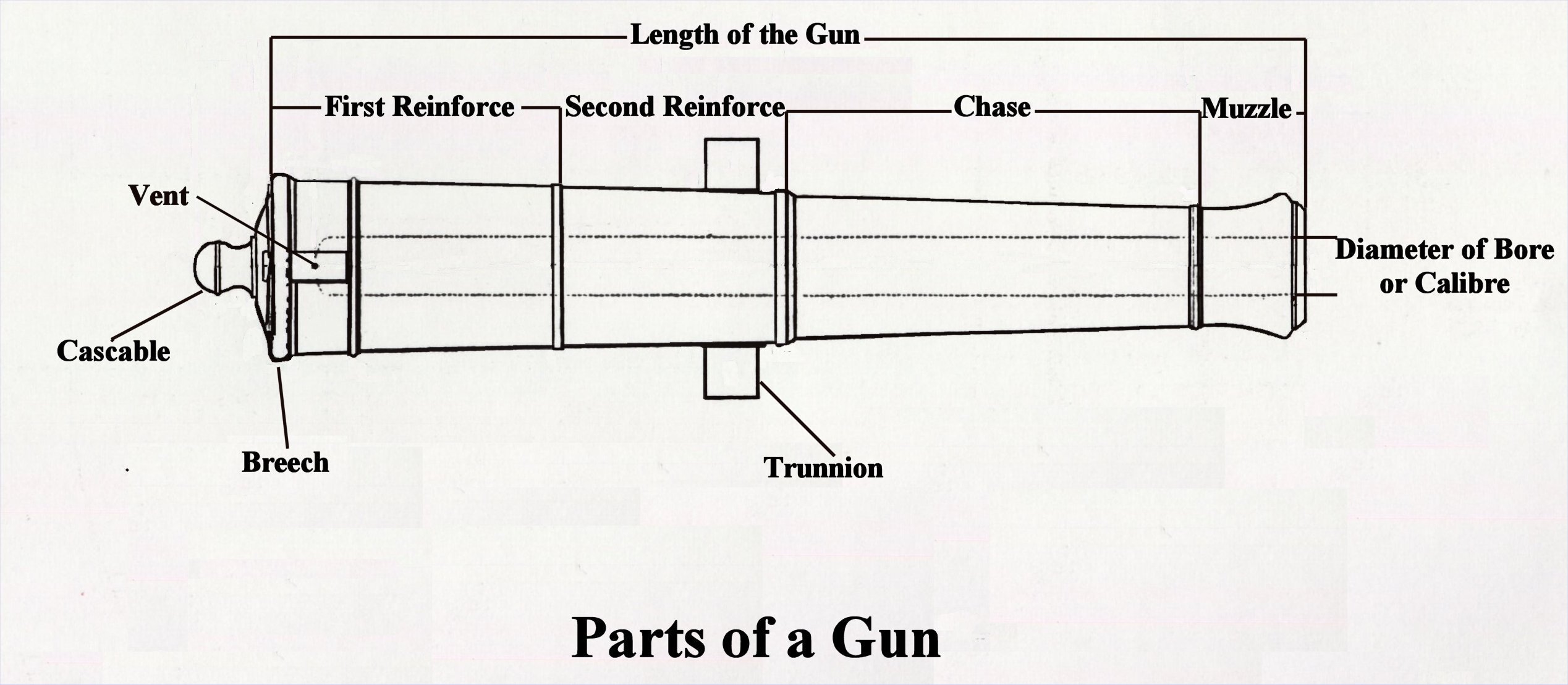 |
||||||||
Up to the 1850s guns were loaded from the front, the bore was smooth and the ammunition usually a round ball. These guns are commonly called Smooth Bore Muzzle Loading (SBML). Most of these guns had markings on them that give the manufacturers name, date of manufacture and weight of the barrel. The markings are normally found on the first or second reinforce, face of either trunnion, or on the breech. Royal Cypher Normally the guns have a Royal Cypher displayed and those commonly found in Australia are those of King George III and Queen Victoria. |
||||||||
|
||||||||
| Cypher of the Monach | ||||||||
| Master General of the Ordnance Cypher | ||||||||
| Some of the earlier brass guns also have the cypher of the Master General of the Ordnance on the chase. | ||||||||
|
||||||||
| Example Cyphers of the Master General of the Ordnance | ||||||||
The Master General of the Ordnance organisation was responsible for military supplies including artillery and fortifications until it was largely abolished in 1855. The title Master General still exists in the British Army and is a very high ranking officer who oversees procurement and research and development. Weights The weight is normally shown on British guns as three figures - hundredweight (cwt), quarters (qr) and pounds (lb). A cwt is 112 lb, a quarter 28 lb. 20 cwt made an Imperial ton. Later guns may have four figures, the first representing an Imperial ton. The weight markings may appear in one of several locations but normally appear on the first reinforce or on the breech, either above or below the cascable. |
||||||||
 |
||||||||
|
||||||||
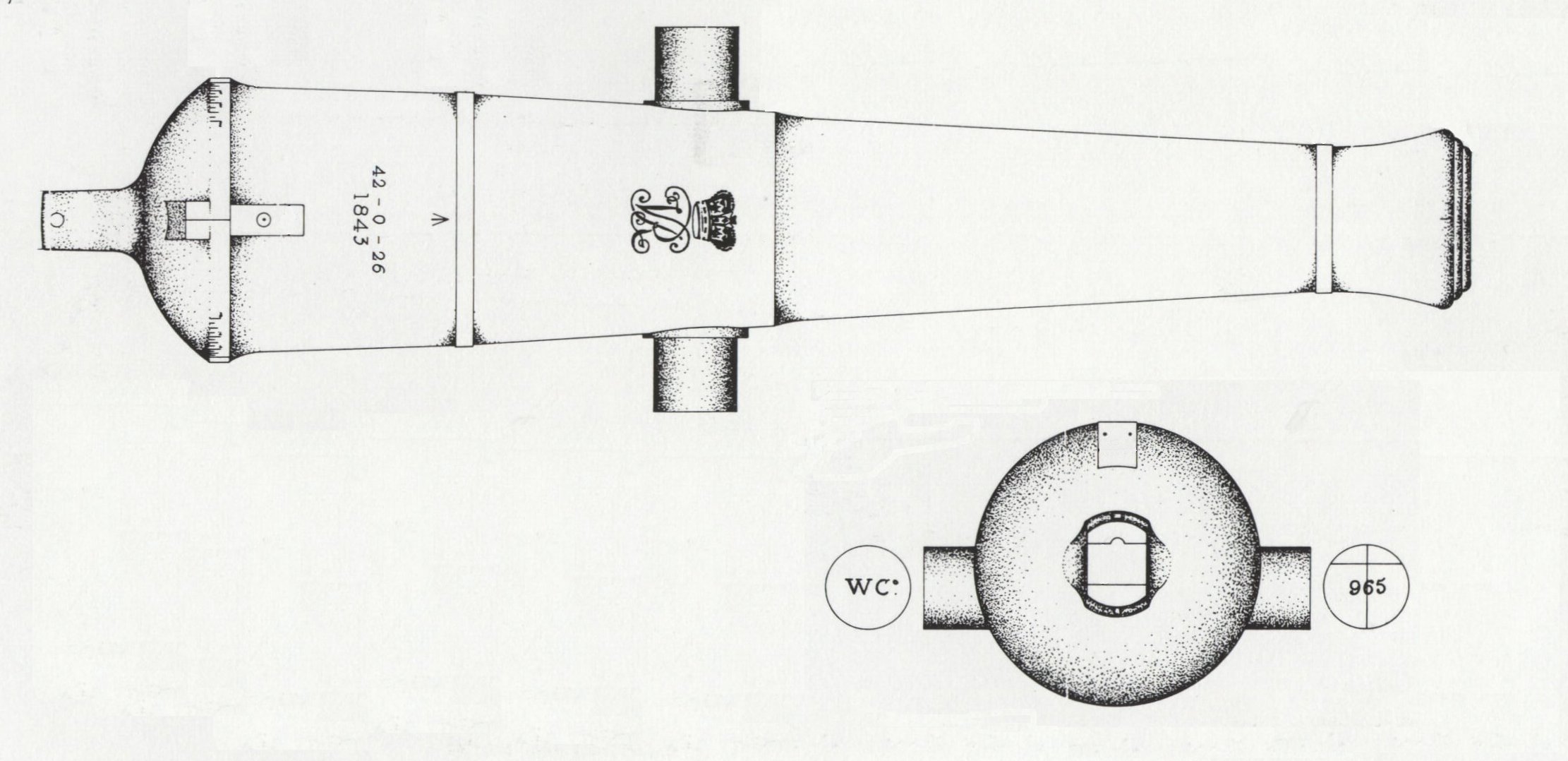 |
||||||||
Typical of the markings to be found on the muzzle loading guns can be seen in this diagram of an iron 32 pounder. 1843 is the year of manufacture, 42-0-26 is the barrels weight. The arrow indicates it has been proofed and accepted for service. The Royal Cypher of Queen Victoria. On the left trunnion face is the manufacturers name and on the right trunnion face is the guns serial number, the centre of the cross is the guns centre of gravity. |
||||||||
|
||||||||
|
||||||||
| Rifled Breech Loading
In 1854 a new type of gunwas introduced. Manufactured by Armstrong it was loaded from the rear and is commonly called a Rifled Breech Loading (RBL) (Armstrong) gun. They came in many sizes and were referred to by the weight of the conical projectile they fired. The gun also had rifling (grooves) in its barrel. They were short titled eg. 12 pounder RBL (Armstrong). Their unique breech makes their identification simple. |
||||||||
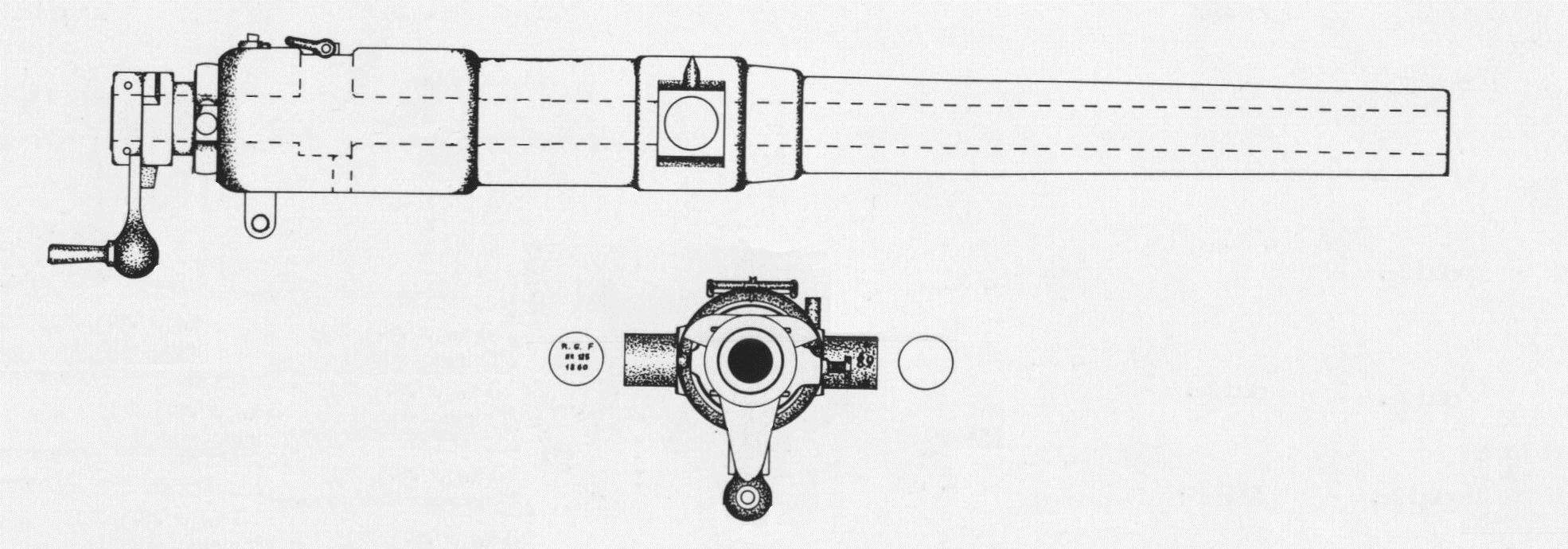 |
||||||||
| Rifled Muzzle Loading
Problems with the Armstrong RBL guns led to their replacement and muzzle loading guns were re-introduced but now they had three rifling grooves cut in the barrel and fired a conical projectile. They were known as Rifled Muzzle Loading (RML). Because of the large number of old smooth bore muzzle loading guns available many were converted by insertion of a rifled tube in the barrel. |
||||||||
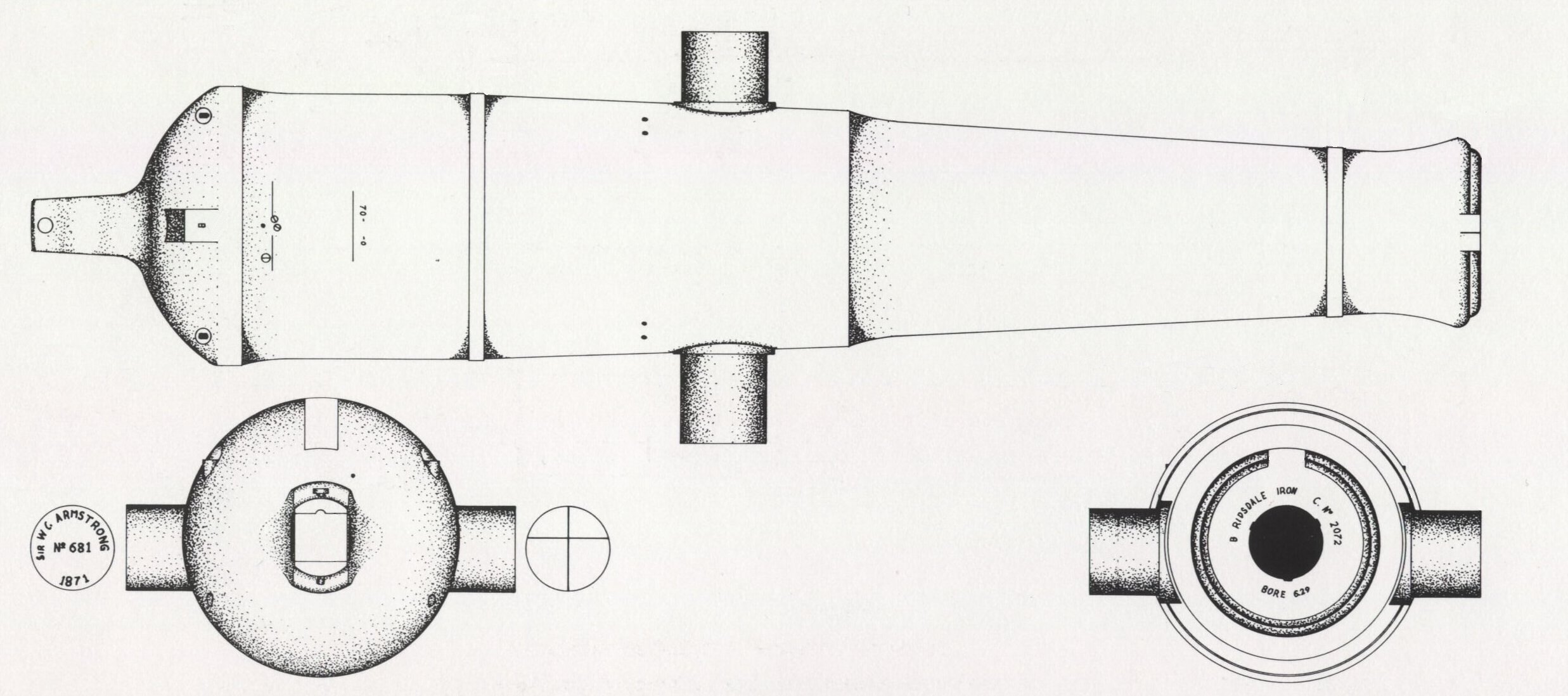 |
||||||||
Breech Loading and Quick Firing From the late 1880s improvements were made in the design and manufacture of guns. Breech loading (BL) and quick firing (QF) guns began to appear. The breech loading guns had a screw mechanism at the breech and fired projectiles by using a bag containing the propellant. Quick firing guns on the other hand fired a fixed round like a rifle bullet and the breech had a sliding block, which slid either vertically or horizontally. |
||||||||
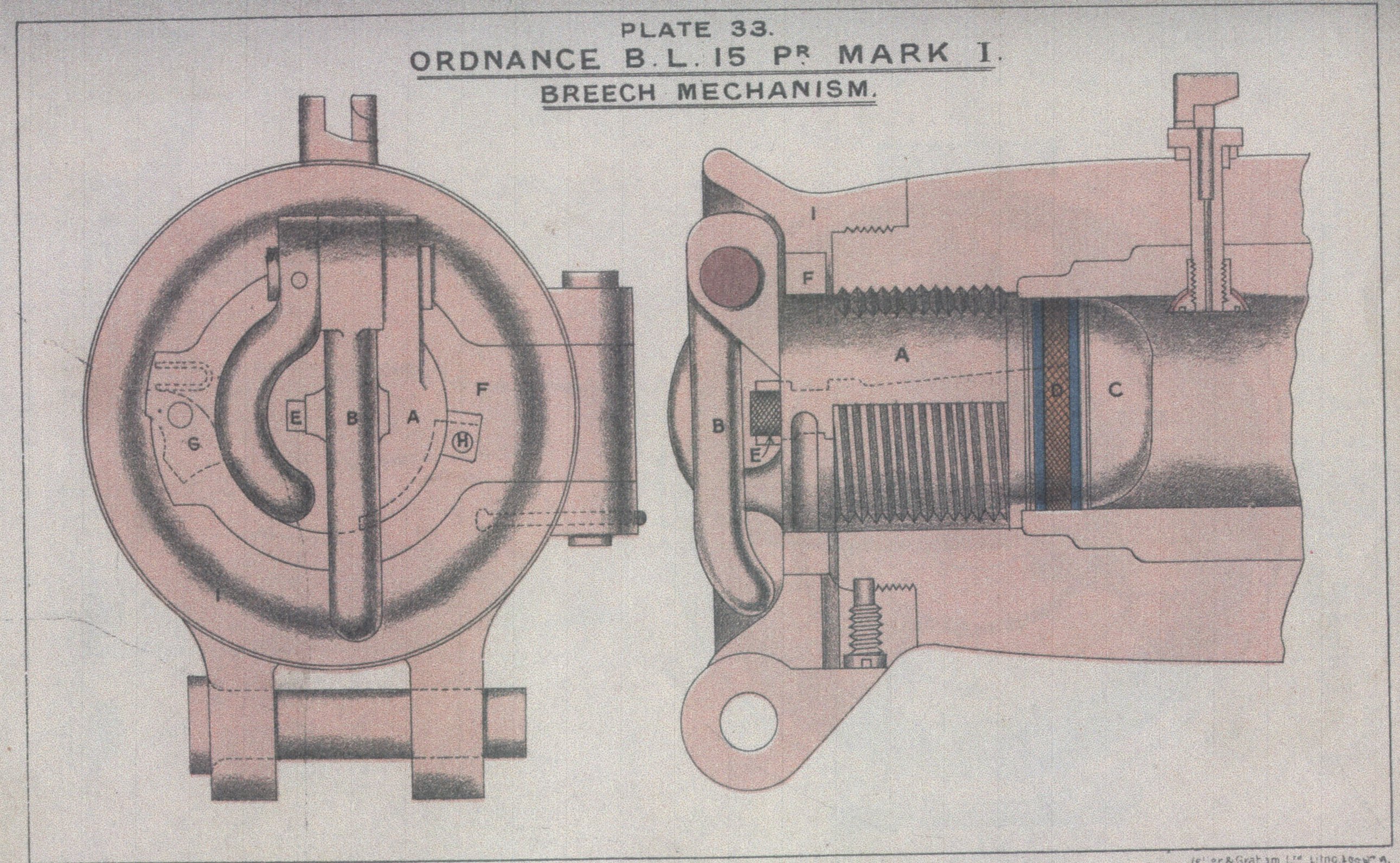 |
||||||||
| The breech of an early version breech loader (BL) | ||||||||
|
||||||||
Markings on 'modern guns' may be found in several locations but normally around the area of the breech. In many cases the marks are stamped onto the barrel or breech but in other cases information may appear on removal plates attached to the carriage of the gun. |
||||||||
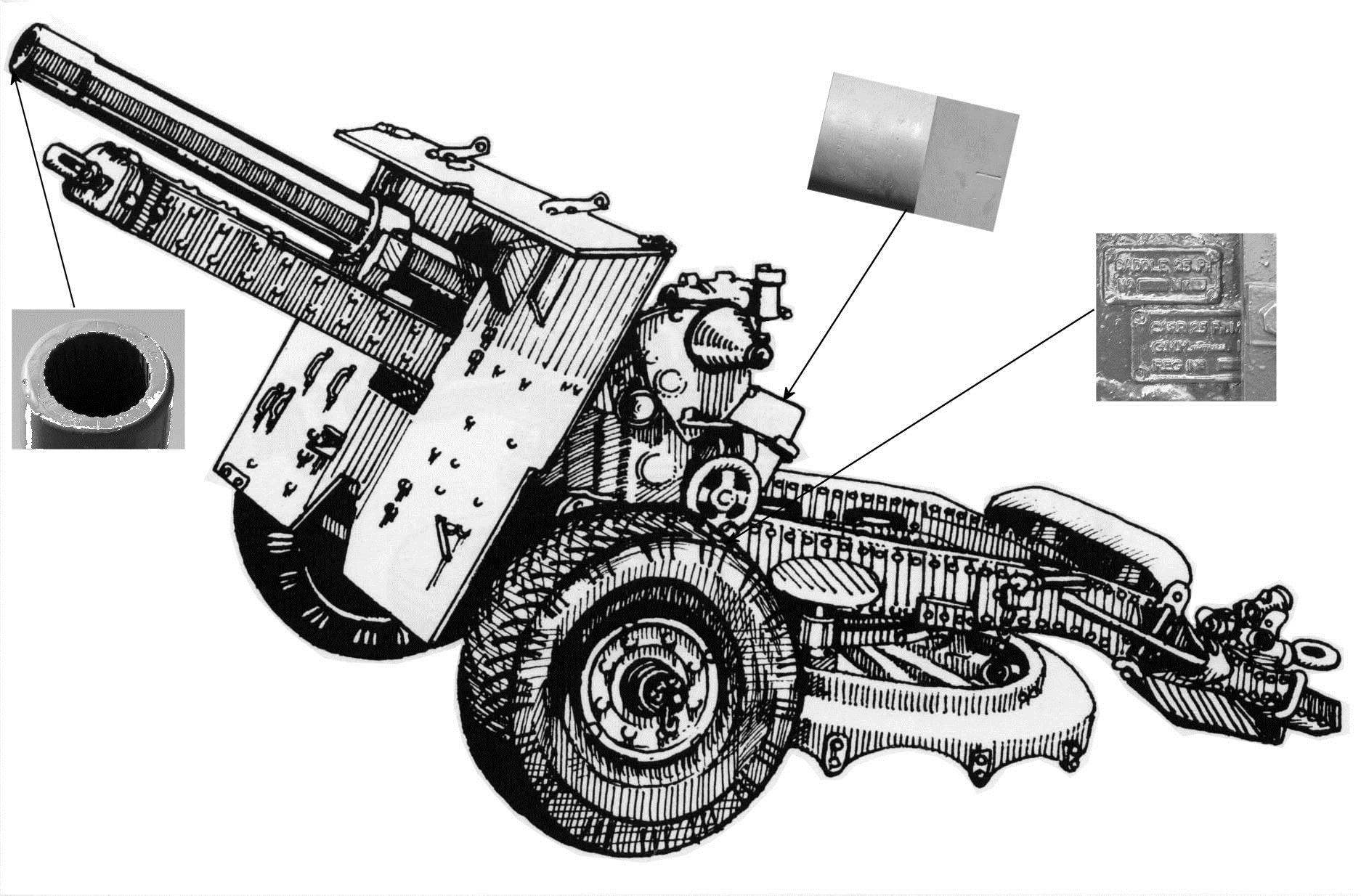 |
||||||||
|
||||||||
Carriages The carriage adds another complication in identification. Carriages are simply the mountings upon which the gun is carried. Guns used for the defence of fixed locations, such as those placed in the coastal forts were static. That is the gun was permanently fixed in location. On the other hand guns used for field used needed to be easily moved and the carriage could be field or siege design with axle and wheels. Foreign Guns Most guns of foreign origin in Australia came into the country as war trophies. A few were provided in recognition of the financial support the Colonies provided during the Crimean War and for the support during the Boer War. The majority represents trophies from World War I. Some are representative of World War II. Designation of a Gun Artillery weapons, and mortars are included for simplicity, may be referred to a variety of ways:
Another complication in the equation is the use of different measuring systems by different countries. The French measured theirs in millimetres, the Germans in centimetres and the British in inches. It has become common practice to now refer to the German guns in millimetres. Guns, Howitzers, Mortars and Carronade It is not always clear as to what type of weapon is on display especially when referring to guns and howitzers. Gun. Guns are designed to fire longer distances on a flat trajectory (below 45 degrees). Apart from the standard artillery piece they may have been specially designed as coastal, anti-tank or anti-aircraft use or as a mountain gun that could be transported on horseback. Howitzer. Howitzers were designed to fire at a higher elevation and so lob a projectile onto a target. They normally have a shorter barrel than a gun. Mortars. Like howitzers the mortar fires on a high trajectory, their range normally being shorter. The German mortar of World War I may be a large calibre ‘gun’ referred to as a Morser or a smaller weapon called a Minenwerfer (Mine Thrower). Carronade. The carronade is short and light in comparison to a similar calibre gun. They normally have a distinctive shaped muzzle and were mainly used on ships. |
||||||||
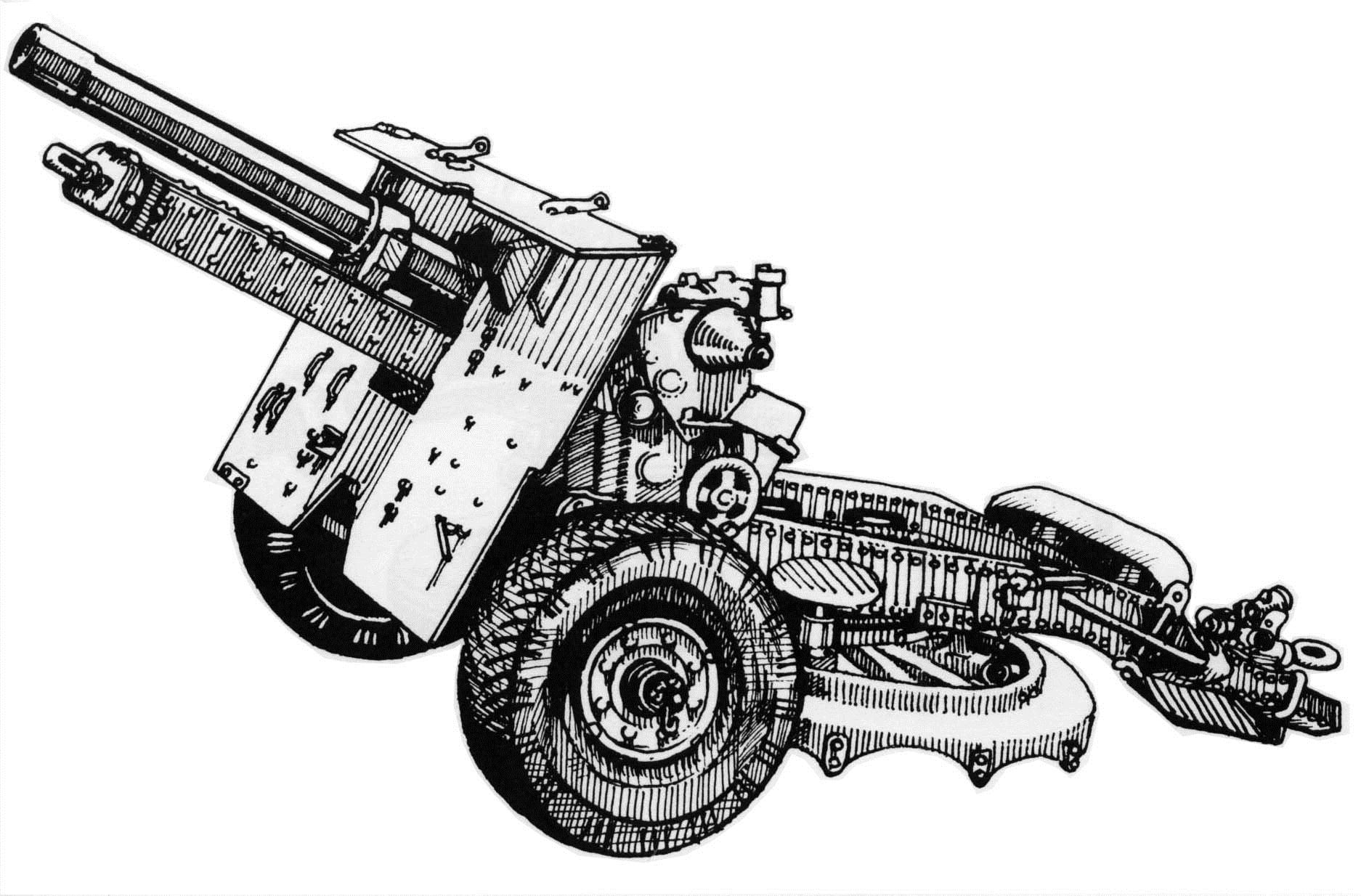 |
||||||||
|
||||||||
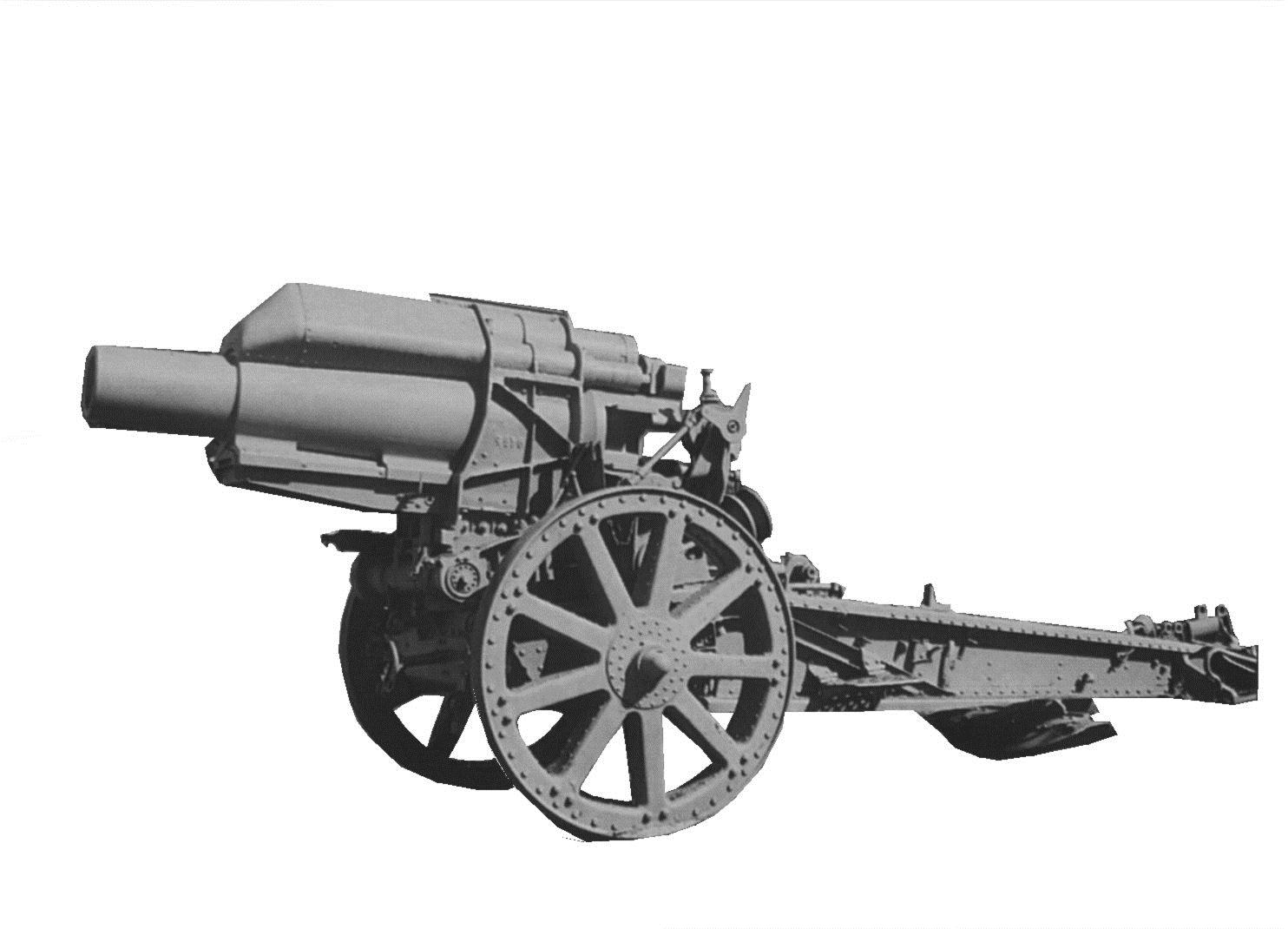 |
||||||||
|
||||||||
|
||||||||
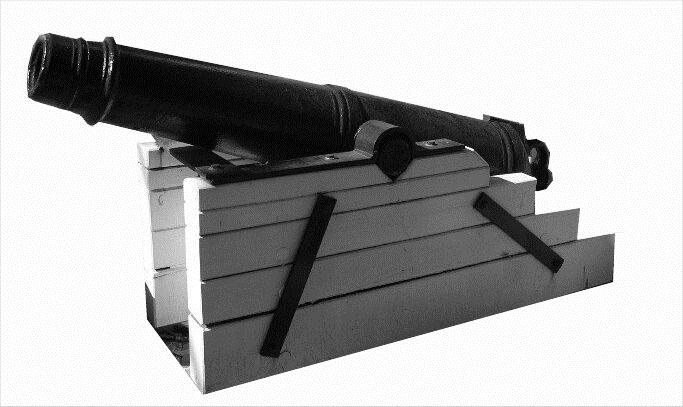 |
||||||||



